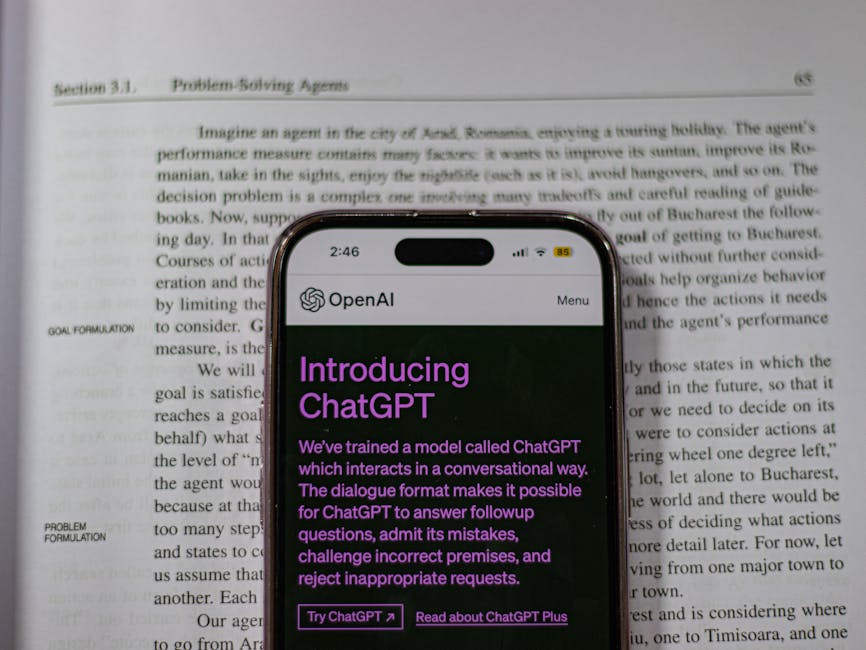World-renowned investment bankGoldman Sachs Goldman Sachs recently announced that it will invest $1.3 billion in artificial intelligence (AI) investAlthough companies and investors are spending billions of dollars on artificial intelligence research and development, Goldman Sachs is concerned about whether such huge investments can really bring rich returns.

Image source: Pexels
The training cost of the large-scale LLM language models we use today (such as GPT-4o) is as high as hundreds of millions of dollars, and the training cost of the next generation of models is expected to soar to $1 billion.Sequoia Capital (Sequoia Capital) calculated that the entire AI industry needs to generate $600 billion (currently about 4.36 trillion yuan) in revenue each year to break even, which highlights the high R&D cost pressure.
In the fierce AI competition, technology giants such as Nvidia, Microsoft and Amazon have increased their investment in an effort to seize the initiative. However, Goldman Sachs interviewed many experts and found that the opinions were not unanimous.
Some experts are cautious about the prospects of AI.Believes that its contribution to the U.S. economy will be very limited and that it will not be able to solve complex problems more economically than existing technologiesMIT professor Daron Acemoglu estimates that generative AI will only increase economic productivity by about 0.5% and GDP by about 1%. This is in stark contrast to the predictions of Goldman Sachs economists, who expect generative AI to increase productivity by 9% and GDP by 6.1%.
Ademoglu also pointed out that even as AI technology continues to improve and costs fall,But simply throwing more data and computing power at models won’t necessarily get us there faster than we thought we would."Human cognition involves multiple cognitive processes, sensory inputs, and reasoning abilities. While large language models have made impressive progress, it still takes a lot of imagination to believe that predicting the next word will achieve intelligence like HAL 9000 in the science fiction movie 2001: A Space Odyssey. It is certain that current AI models will not be able to approach this level in the next decade."
However, there are different voices within Goldman Sachs. Senior equity research analysts Kash Rangan and Eric Sheridan believe that although the payback period of AI investment may be longer than expected, it will eventually bear fruit. Rangan said: "Each computing cycle follows a development sequence called IPA, that is, infrastructure first, then platform, and finally application. At present, AI is still in the infrastructure construction stage. It will take more time to find killer applications, but I believe we will achieve a breakthrough."
Sheridan added: “Compared to previous investment cycles, the prospects for this AI investment cycle seem brighter because it is not startups that are leading the way, but industry giants, which reduces the risk of technology not being widely adopted. Giants like Microsoft and Google have strong financial reserves, extremely low financing costs, and large distribution networks and customer bases, which allows them to experiment more and find ways to make capital work.”
Despite different opinions, Goldman Sachs still acknowledges that AI faces two major challenges: chip availability and power consumption. Thanks to Nvidia's ability to advance chip delivery to 2-3 months (previously it took 11 months), the GPU shortage problem in the AI field seems to have eased.
However, data center power consumption is becoming a major limiting factor. New AI GPUs consume a staggering amount of power, with a single GPU consuming up to 3.7 megawatt-hours per year. The combined power consumption of all GPUs sold last year alone was enough to power more than 1.3 million average American homes. To meet the needs of large AI data centers, some large companies are even considering using modular nuclear power plants.
Only time will tell whether AI will flourish like the Internet and e-commerce, or burst like the bubble of 3D TV. But what is certain is that the development of AI will remain unstoppable. As Goldman Sachs said: "We remain bullish on the theme of AI development, one reason is that AI may deliver on its promise, and another reason is that it may take a long time for the bubble to burst."